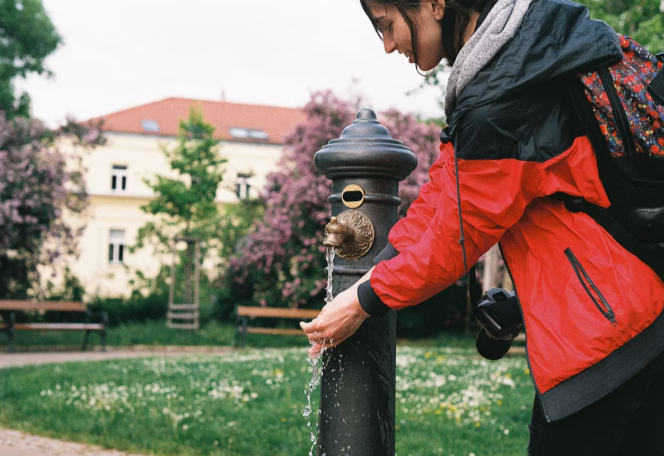Clean drinking water is essential for every tourist site, whether it’s a historical monument, a remote hiking trail, or a bustling beachside attraction. With tourists constantly on the move and outdoor environments often lacking basic amenities, the availability of safe and clean drinking water can greatly enhance their experience and safety. Providing reliable access to purified water not only demonstrates responsible tourism practices but also helps reduce plastic waste and health risks.
Here are five effective tips to ensure clean drinking water is always available at tourist destinations.
- Install Commercial Drinking Water Purification Systems
One of the most efficient ways to provide safe drinking water on-site is to install commercial drinking water purification systems. These systems are designed to handle high volumes of water and are capable of removing harmful bacteria, viruses, heavy metals, and chemical contaminants.
Depending on the site’s infrastructure and water source, options like reverse osmosis, ultraviolet (UV) purification, or carbon filtration systems can be installed to provide consistently clean water. Commercial units are built for durability and efficiency, making them ideal for places with large foot traffic such as national parks, museums, and amusement areas.
- Conduct Regular Water Testing and Maintenance
Even with the best purification systems in place, water quality must be monitored regularly to ensure ongoing safety. Environmental conditions, changing water sources, or wear and tear in the filtration system can all impact water purity.
Frequent testing for microbial, chemical, and physical contaminants allows you to catch any issues early. Additionally, routine maintenance of tanks, filters, and pipelines ensures the system remains in peak working condition, preventing downtime and ensuring tourists have uninterrupted access to safe water.
- Use Clearly Marked and Accessible Water Stations
Visibility and accessibility are crucial when offering drinking water at tourist spots. Install clearly marked water refill stations or fountains in central and high-traffic areas. Signage should be multilingual and indicate that the water is safe to drink.
Ensure that stations are designed with hygiene in mind—touch-free dispensers, filtered bottle fillers, and handwashing facilities nearby can enhance cleanliness and encourage usage. Strategically placing these stations reduces the need for single-use plastic bottles and supports sustainable tourism.
- Educate Visitors Through Signage and Campaigns
Many tourists are cautious about drinking tap water, especially in unfamiliar locations. Educating them about the source and safety of the available drinking water can build trust and encourage consumption. Informational signs near water stations can explain the purification methods used and reinforce the commitment to hygiene and health.
Additionally, running awareness campaigns—especially in eco-tourism areas—about the benefits of reusable bottles and hydration can boost participation and support environmental goals.
- Plan for Seasonal and Emergency Demands
Tourist sites often experience seasonal spikes or emergencies like heatwaves, which can increase the demand for clean water. Prepare by increasing the number of refill stations during peak times and ensuring backup systems like water tanks or portable purifiers are available.
Emergency kits with bottled water should also be accessible for remote or disaster-prone areas. Planning ahead ensures visitors always have access to safe drinking water, regardless of conditions.
By implementing these strategies, tourist sites can offer a healthier, more sustainable, and enjoyable experience for all visitors while also fulfilling their responsibility to protect public health and the environment.

